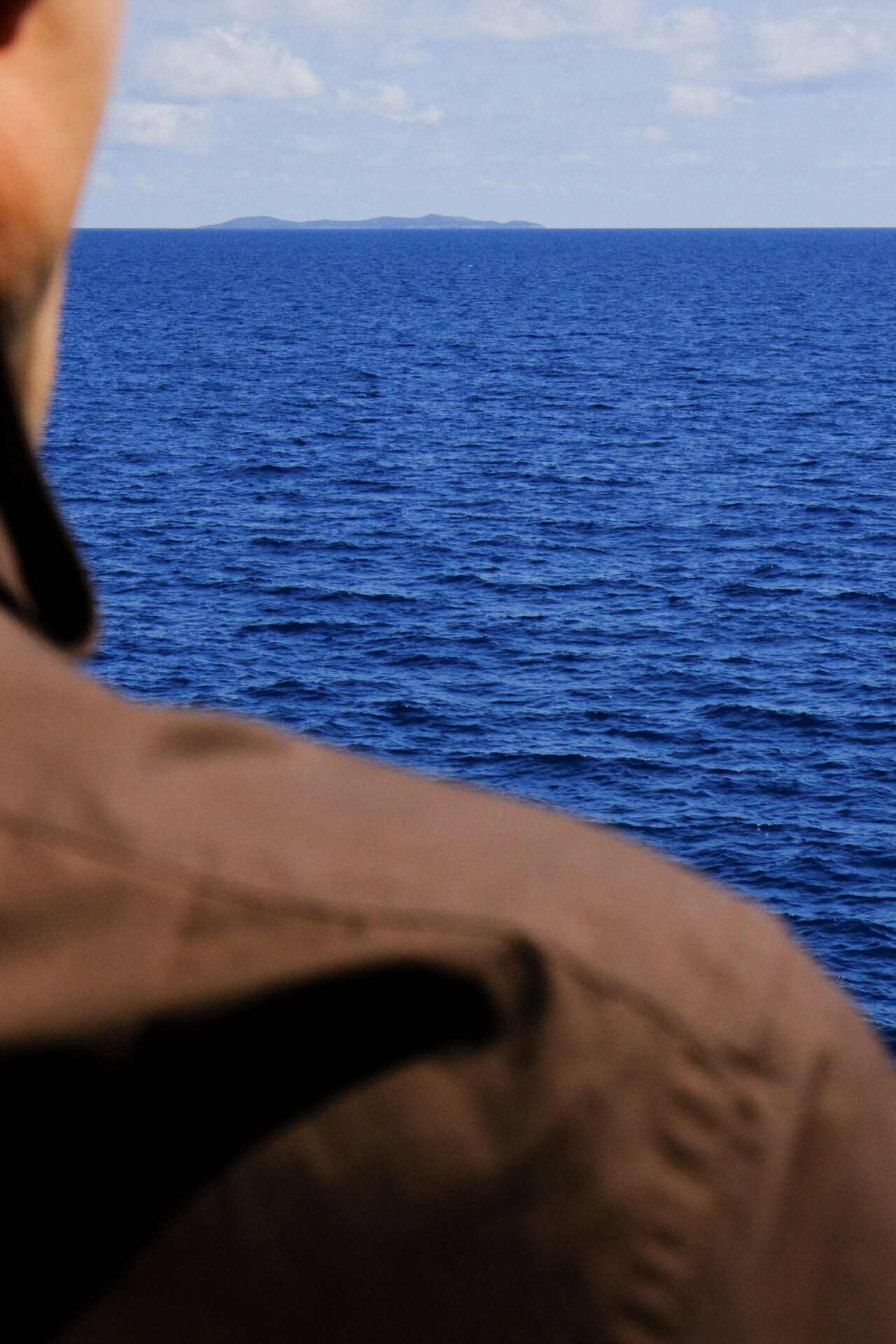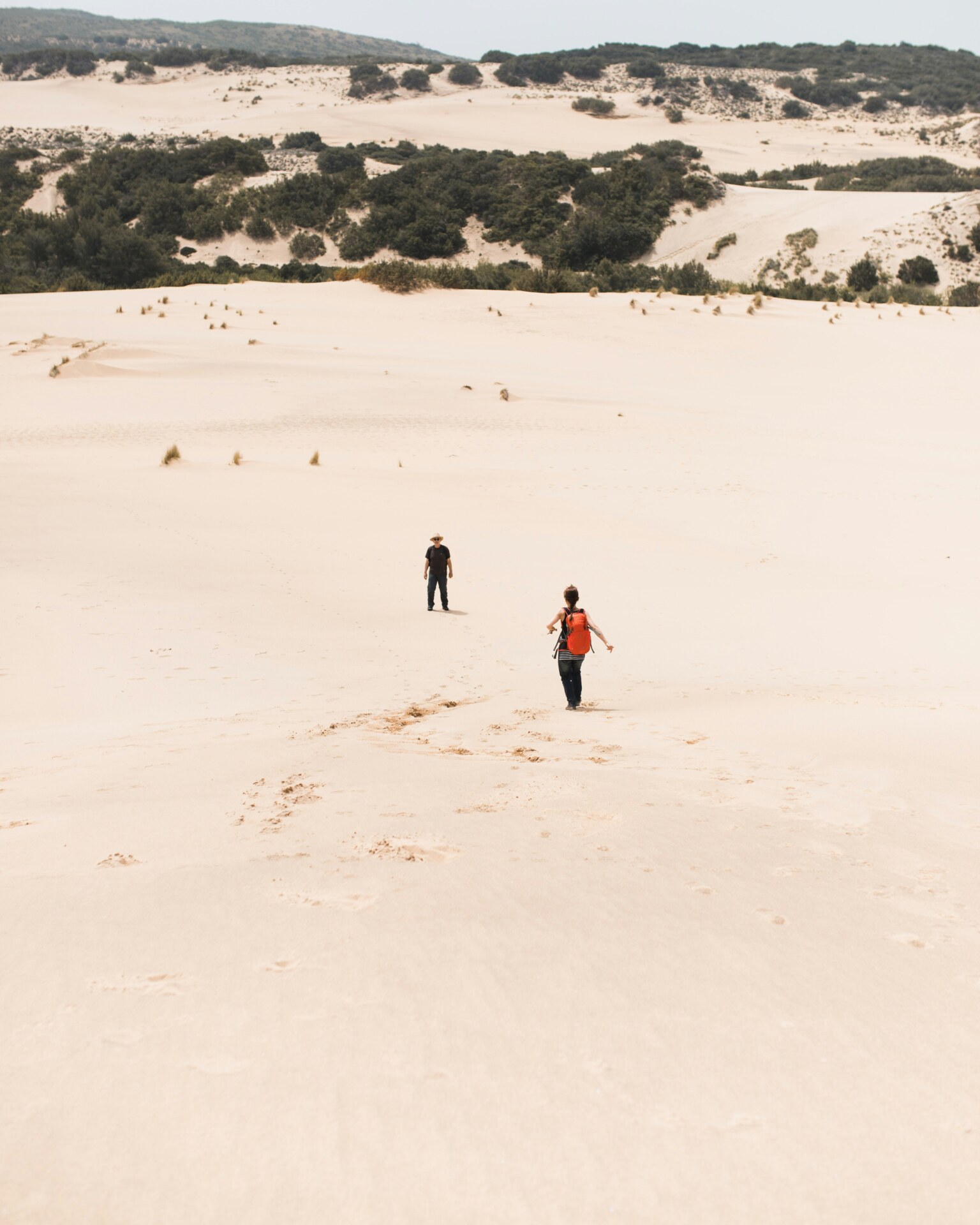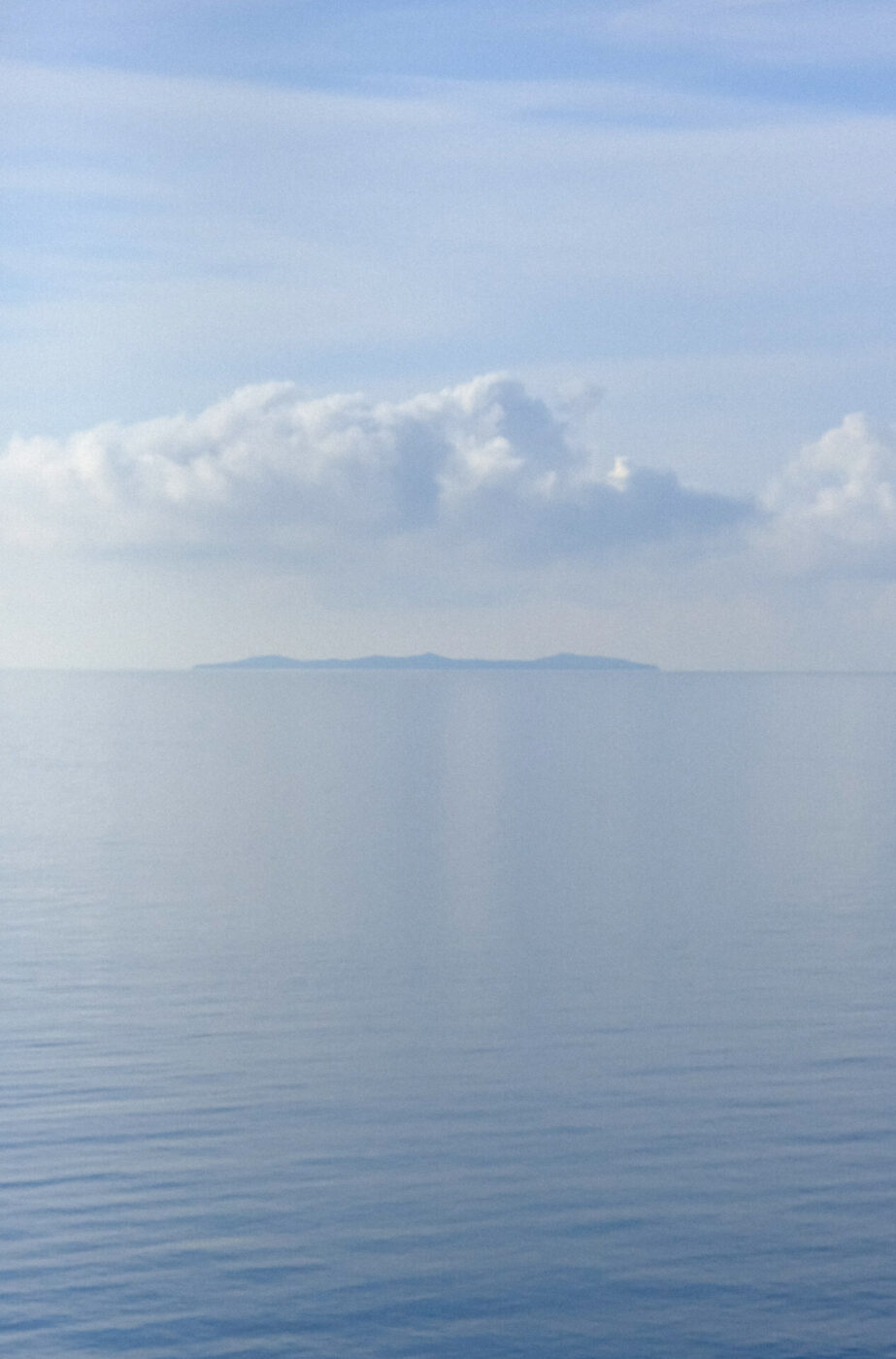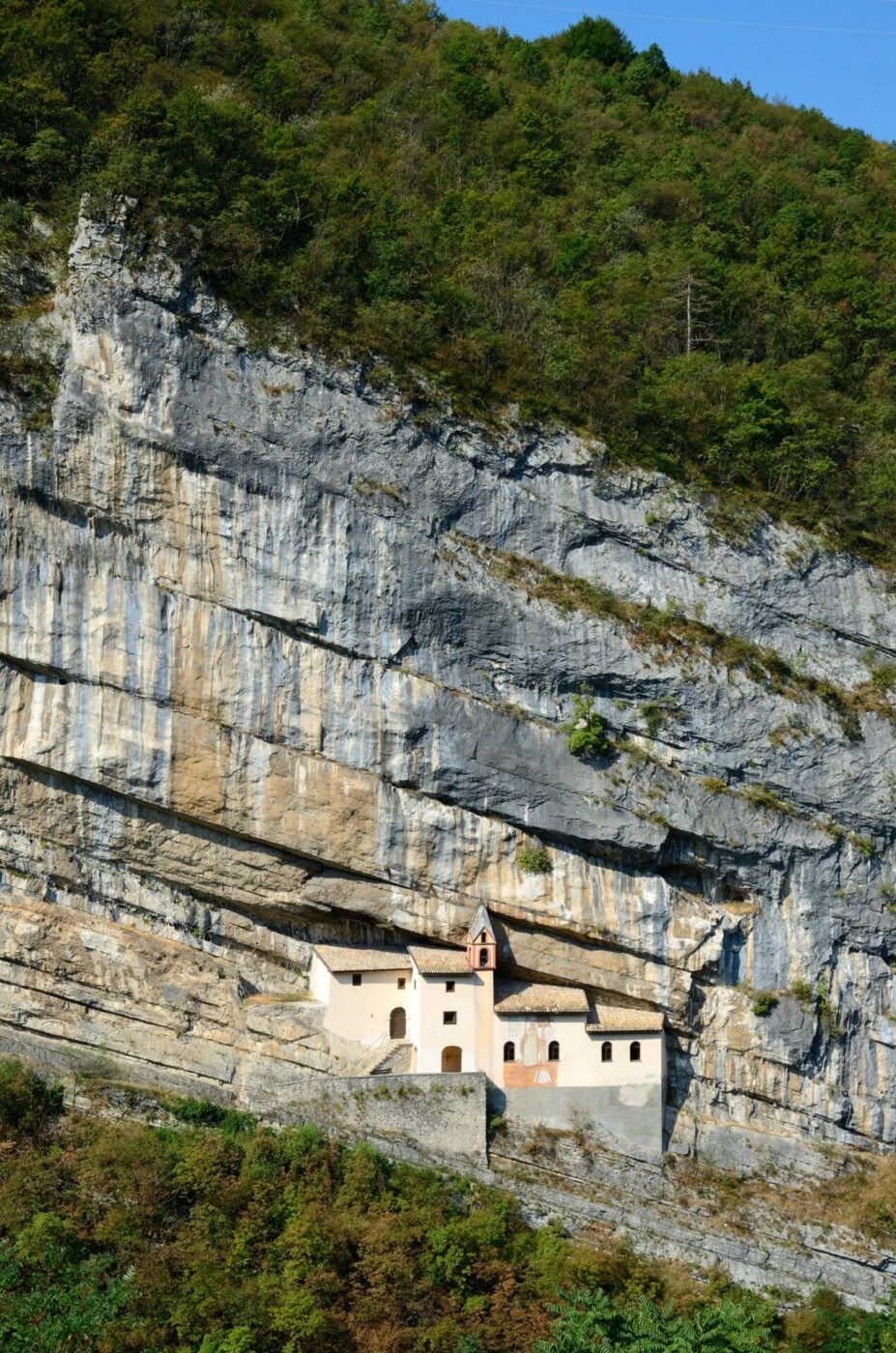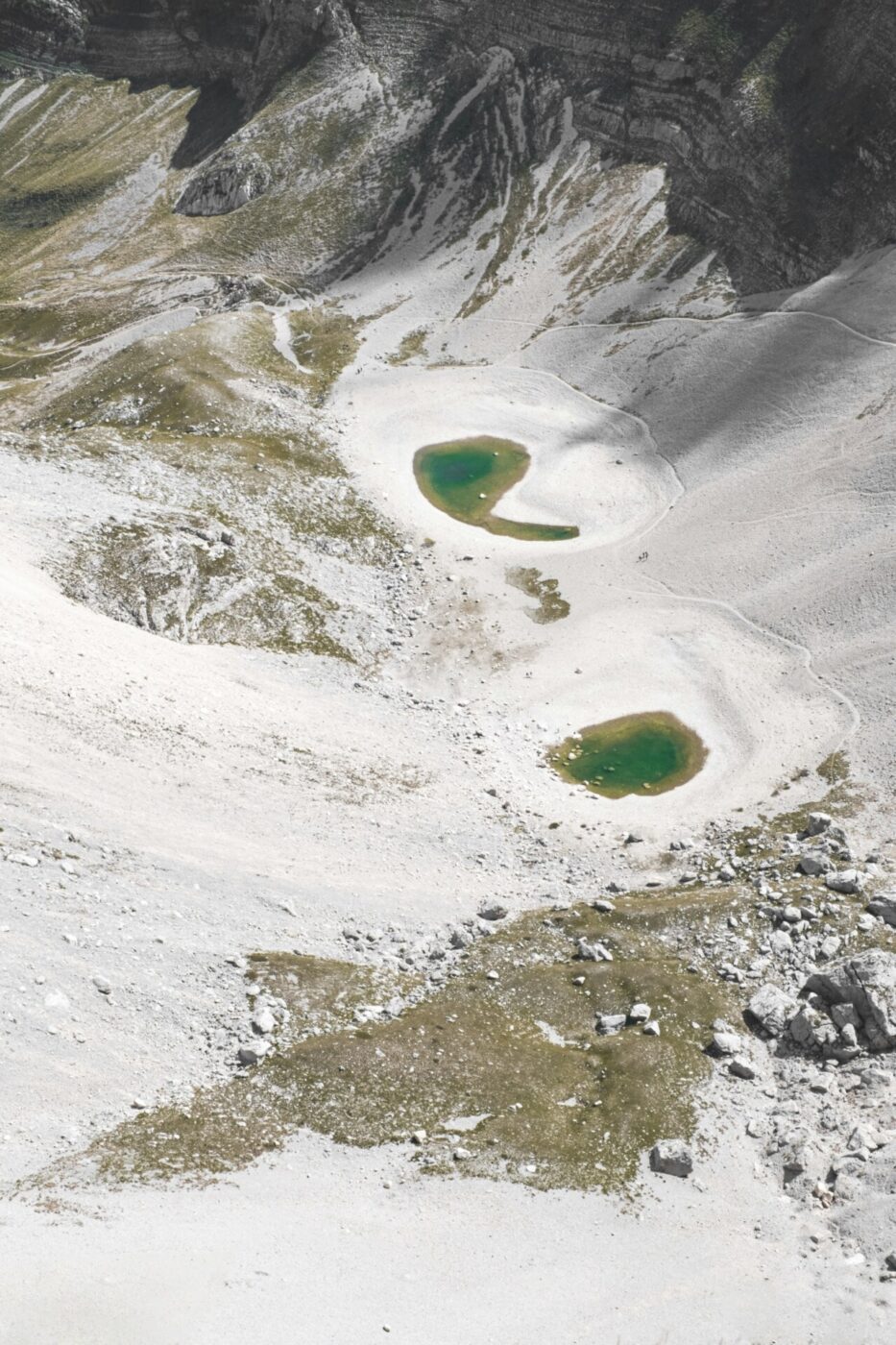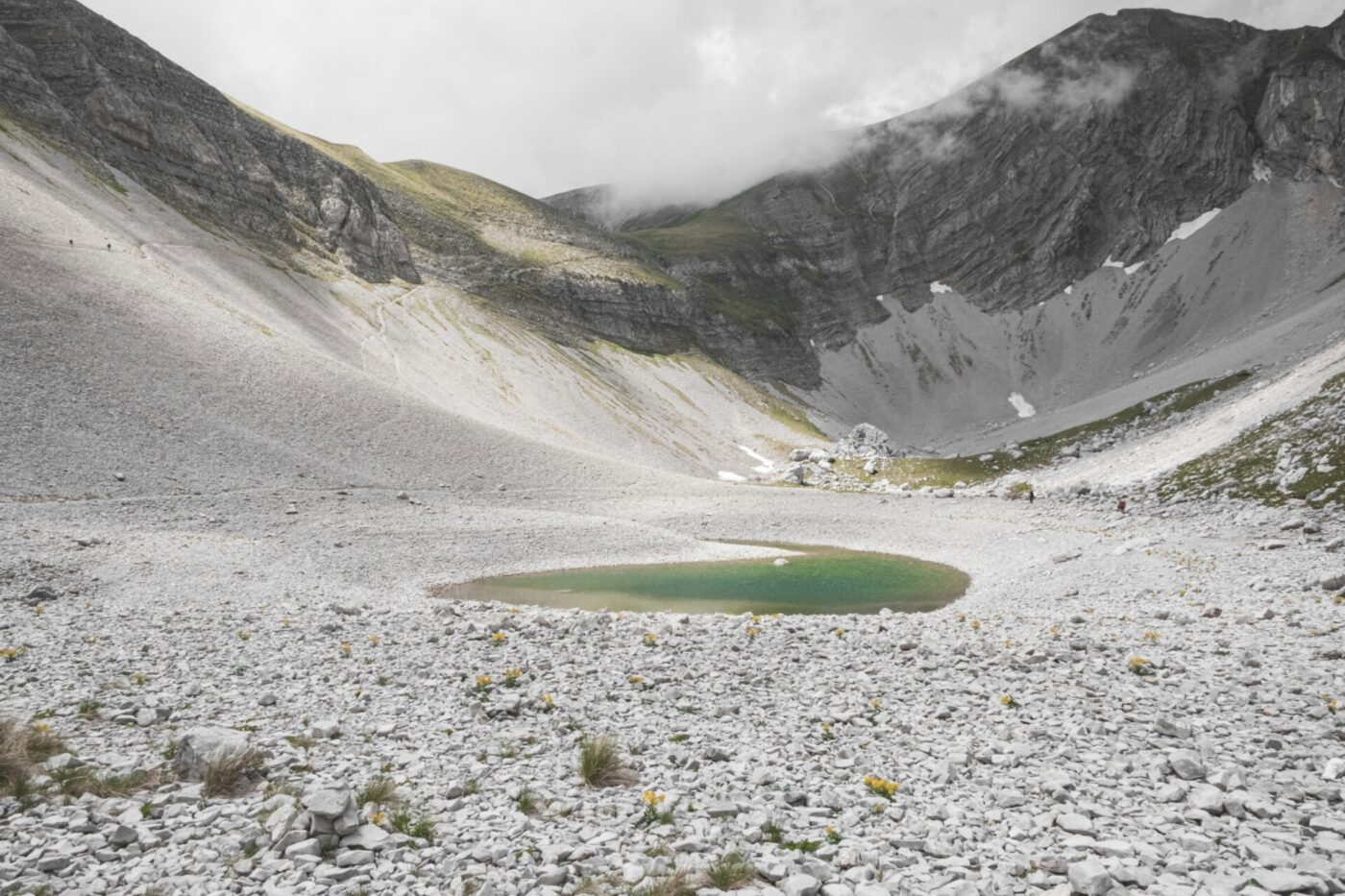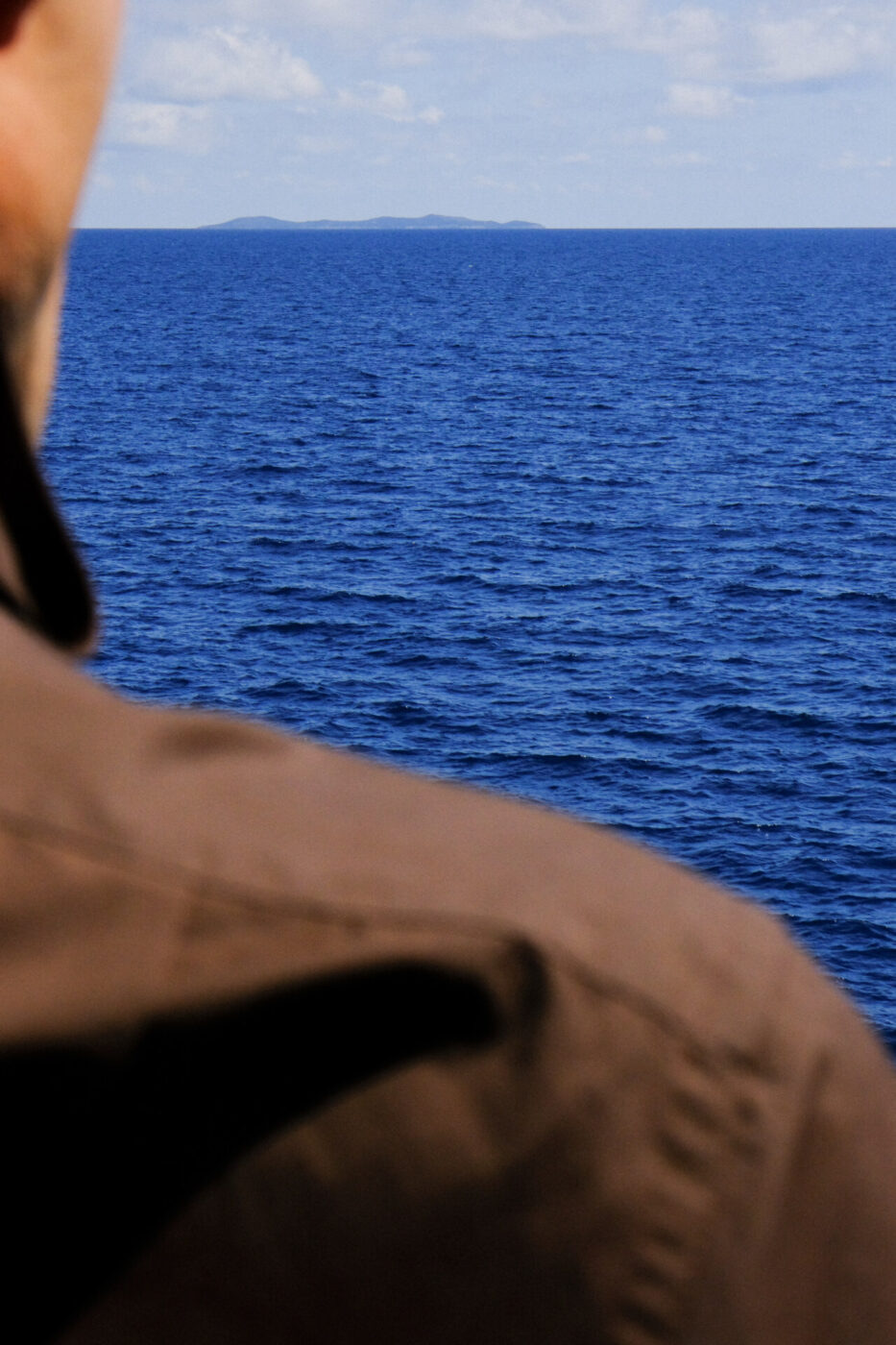Over the river and through the woods, and onto the ferry, and up the funicular, and across the mountain range, and down the gorge, and into the sand dunes… Now that’s how you get to these remote places. Trains, planes, and automobiles will get you pretty far in Italy, but there’s a treasure trove of spots waiting further off the beaten path. Here, five of our favorite remote places–from an eroding town to a practically floating church–that are well-worth the journey, no matter how many modes of transportation or hours of walking it takes.
Civita di Bagnoregio, Lazio
Called the “dying city”, this 2,500-year-old hilltop village seems to be anything but. Settled precariously atop a tuff in the Valle dei Calanchi in Viterbo, Civita di Bagnoregio has managed to defy both time and total erosion. Previously, five bridges and entrances to the city existed, but landslides left only one, reachable after a curvy drive through the municipality of Bagnoregio to via Bonaventura Tecchi. Those with a fear of heights won’t enjoy the 366-meter walk to the city along the cantilevered Porta Santa Maria, especially if you heed the warning statues of massive lions holding the heads of humans in their claws; but for those who don’t mind, the views of the green vegetation and harsh geological stratifications in the surrounding Lazio and Umbria are undeniably rewarding. The city offers an abundance of tight alleyways perfect for wandering, which are said to have influenced Studio Ghibli Director Hayao Miyazaki for The Castle in the Sky. You can also find a panoramic Belvedere, Etruscan ruins, and many ancient cathedrals, along with a thriving community of cats that outnumber the local human population–which rests right above 10. Although the city seems determined on not going anywhere, we’d suggest a visit sooner rather than later.

Giannutri, Tuscany
This 2.6 kilometer-squared island, shaped like a half moon, lies at the southernmost tip of the Tuscan Archipelago with 11 kilometers of mostly rocky, rugged coastline, uninterrupted except for the houses of the 30-some permanent residents and green Mediterranean scrub. The hour-long ferry from Porto Santo Stefano is the last transportation you’ll take: the island is primarily pedestrian, and many of the hiking trails are protected under the Tuscan Archipelago National Park and require prior permission. Inhabited since prehistoric times, you can explore the ruins of an ancient port at the Bay of Spalmatoio and the 2nd-century, five-hectare Villa Domizia at Maestra Bay. Located on the shipping route to the Tyrrenhian coast, ancient mariner wrecks are wonderful to explore via diving. Rarely do you find such a wildness among Italy’s abundance of crystal clear, sunbaked islands–this one is special.

Hermitage of San Colombano, Trentino-Alto Adige
Talk about defying gravity: the hermitage of San Colombano is carved into the side of a sheer cliff face and floats 120 meters high in Trambileno, near Rovereto and Trento. The church was constructed sometime between the end of the 10th and beginning of the 11th centuries, although natural grottos in the area are believed to have been inhabited since 753 by a monk who probably came from the Monastery of Bobbio. The current hermitage is named after Irish saint Columban, who, according to legend, killed the dragon who previously inhabited the cave and was eating the local children baptized in the Leno river below. Frescoes adorn the interior, depicting the struggle between Saint Columban and the dragon, along with a representation of Paradise, and an altar bears a 15th-century Madonna with Saints. The directions to reach the hermitage seem as fairytale-like as the story: hike down into the Vallarsa valley, cross the gorge of the river Leno, and then climb up 102 ancient steps to finally reach the hermitage–no longer under the vengeful eye of a fire-breathing beast.

Pilato Lake, Marche
Step aside Lakes Como and Garda–this secret, secluded lake is perched 1,941 meters above sea level on Monte Vettore, in the Sibillini Mountains National Park stradling Marche and Umbria. Bright turquoise, the lake is the only natural one in Marche and one of the few alpine-type glacial lakes present in the Apennine Mountains. Legend goes that the lake got its name because the body of Pontius Pilate ended up in its waters at the end of the journey in the back of an ox-cart. Also called “the lake with glasses”, the spot is actually two separate lakes occasionally joined by a thin strip on one side. There’s no easy route to get here–the three hiking trails average about 2.5 to 3 hours one way and require a bit of training and snowshoes. And, when you do reach the lake, you actually can’t swim in the water or even walk within five meters of the shore–it’s home to a type of prehistoric red crustacean called Marchesoni Chirocephalus, and you can’t risk trampling the eggs along the shore. Discovered only in 1950, these fairy shrimp are endemic to the lake, but magic has existed here for much longer than that: in the Middle Ages, the area was known as a spot for magicians, witches, and necromancers, and today, it’s still pretty enchanting.
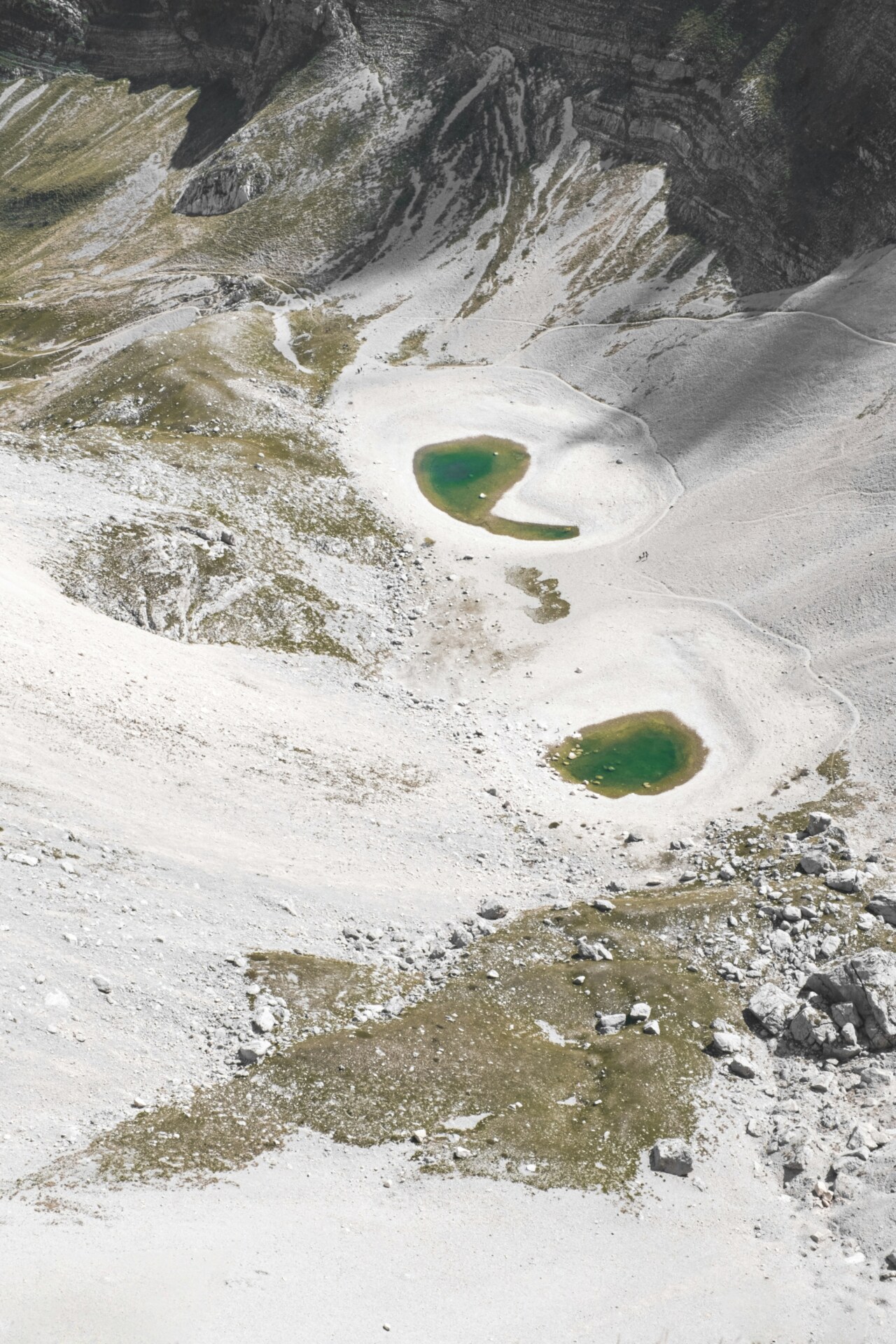
Dunes of Piscinas, Sardinia
While Italy has an exceptionally wide range of biomes, one that we don’t ever see is a desert. Except in Sardinia. Here, a seven-kilometer stretch of beach in the southwestern part of the island has massive sand dunes–luckily without giant sandworms–that rise up to 60 meters in height and cascade down into the crystal clear adjacent sea. The warm, golden sand is shaped by the relentless mistral wind, and green Mediterranean foliage occasionally dots the ripples of the UNESCO Heritage Site. Two kiosks service the beach–the only sign of life, as there’s no towns, hotels, or major restaurants anywhere nearby. It can be quite a hike to reach the dunes, but unlike an actual desert, the cool, refreshing, Mediterranean Sea is a hop, skip, and jump away once you’ve made it through the sand.


